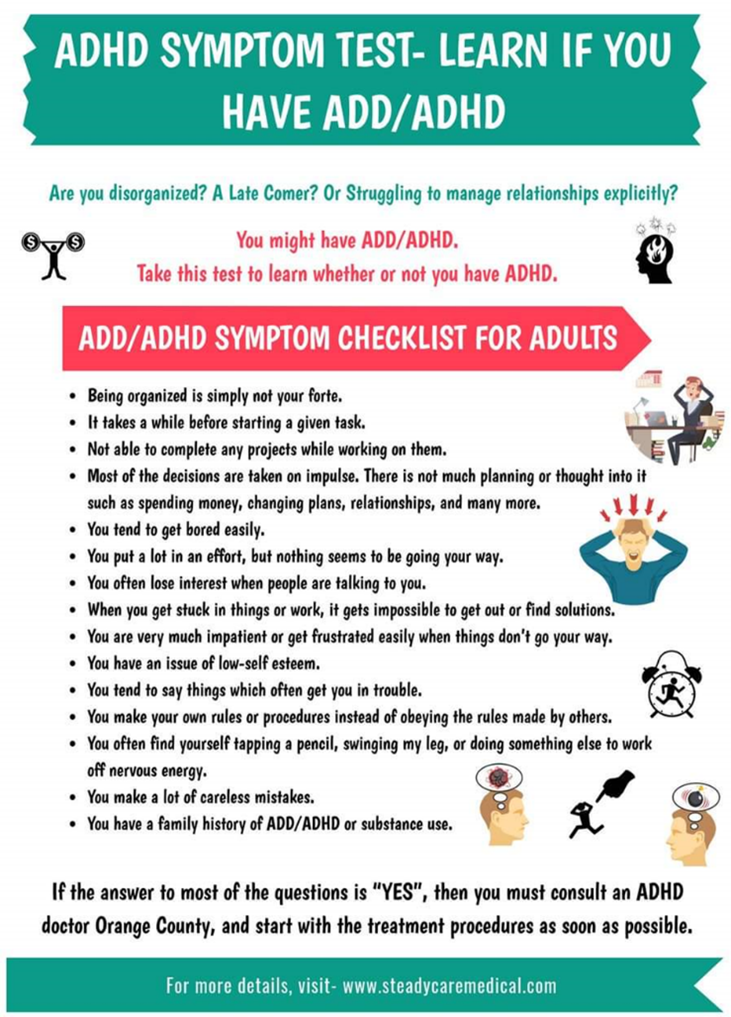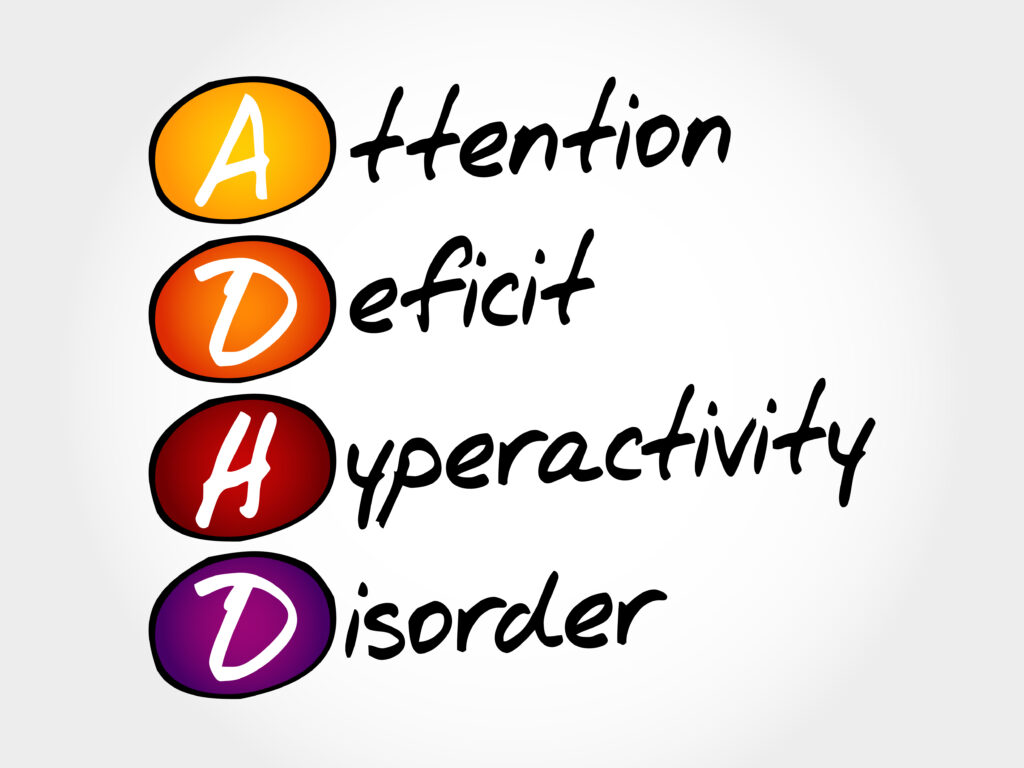Introduction
This article seeks to explain and provide basic background of Attention Deficit Hyperactivity Disorder (ADHD). The author is an Advanced Social Work Practitioner in Children’s Safeguarding. The views and expressions in this article are for educational purposes only and should not be used for the medical diagnoses.
Understanding ADHD
A person with untreated attention deficit hyperactivity disorder (ADHD) has difficulty maintaining attention, managing energy levels, and controlling impulses. In the United States, around 8.4% of children and 2.5% of adults have ADHD. In some children, ADHD characteristics begin as early as 3 years of age.
ADHD statistics UK
In the UK, between 2% and 5% of school-age children are currently considered to have ADHD. On the other hand, when talking about adult prevalence, it is estimated to be between 3% and 4% of the total population, although it is highly likely that most of these people are not properly diagnosed with ADHD. ADHD statistics in the UK also estimates that about 60% of adults who have had the disorder in childhood will have it in adulthood as well.
As you can see, there is a significant proportion of the population in the UK who are likely to have symptoms of ADHD. ADHD statistics in the UK shows the reality of the country around this disorder that can affect various areas of life.
In the UK, surveys of children between the ages of 5 and 15 years found that 3.62% of boys and 0.85% of girls had ADHD. Hyperkinetic Disorder is less common and prevalence estimates are around 1.5% for boys in the primary school years.

What is ADHD?
Attention-deficit/hyperactivity disorder (ADHD) is a brain disorder marked by an ongoing pattern of inattention and/or hyperactivity-impulsivity that interferes with functioning or development.
People with ADHD have difficulty focusing on tasks and controlling their attention, which can make completing a project, for example, challenging. ADHD can limit a person’s ability to study or work, and it can lead to stress, anxiety, and depression.
Some people with ADHD also find it hard to sit still. They may be quick to act on impulse and become easily distracted. While children of any age can experience distraction and impulsiveness, these traits are more noticeable in those with ADHD.
Causes
The exact cause of ADHD is unknown. Although some have speculated that ADHD develops in response to factors like eating too much sugar, watching too much TV, or living in a chaotic environment, research has not found evidence to support these claims.
Rather, it’s thought that genetics play a role in the development of ADHD. Other factors that researchers are looking into include:
- brain injury
- exposure to toxins, like lead, either in pregnancy or from a young age
- alcohol or tobacco use during pregnancy
- premature birth or low birth weight
Though there’s a lot about the causes of ADHD that’s still unknown

How does ADHD manifest?
ADHD may develop in one of three ways.
- hyperactive and impulsive presentation
- inattentive presentation
- a combined presentation People with ADHD experience hyperactivity, impulsivity, and inattention in varying degrees.
Inattention
Below are some behaviors related to inattention that a person might notice in someone with ADHD:
- Becoming distracted and having difficulty focusing on tasks
- Appearing to not listen while others are talking
- Difficulty with time management and organization
- Frequently losing everyday items
- Avoiding tasks that need prolonged focus and thought
- Having difficulty following instructions


Hyperactivity and impulsivity
Some or all of the following may be apparent in someone with ADHD:
- Seeming constantly “on-the-go” and unable to sit still
- Having difficulty taking turns in conversations and activities
- Fidgeting or tapping the hands or feet
- Talking and making noises excessively
- Taking unnecessary risk
ADHD Outlook
According to experts, ADHD can make it hard to deal with the challenges of everyday life Without treatment. Children may have trouble learning or developing social skills. Adults could have problems with relationships and addiction. The disorder could also lead to mood swings, depression, low self-esteem, eating disorders, risk-taking, and conflicts with people around you. But many people who have ADHD live happy, full lives.
Experts advised that it is important to keep track of your symptoms and see your doctor regularly for effective ADHD management. Sometimes, medication and treatments that were once effective stop working. You may need to change your treatment plan. Some people’s symptoms get better in early adulthood, and some are able to stop treatment.


